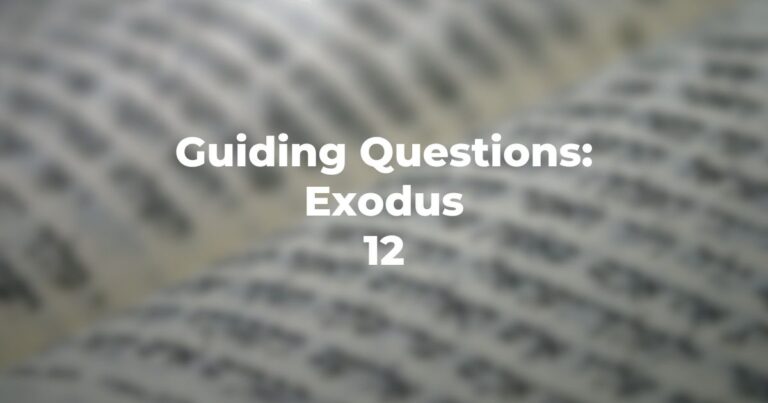- According to Ezra 2:2, who were the leaders of the returning exiles?
- Are the names those of individuals such as clan heads, or are they names of locations in Israel from which these people derived (note for example, Ezra 2:21, Ezra 2:23, Ezra 2:25-26 and Ezra 2:28 with clearly recognizable geographical names)?
- Do some of the names sound “unusual” — that is, not encountered before in other texts of the TanakhAn acronym for the name of the Hebrew Bible: Torah, Neviim, and Ketuvim. Read more and possibly, then, representing Babylonian names?
- Is there any pattern to the numbers that are ascribed to either the “sons of a family” or “sons of a location” or do they appear to be random?
- Generally do “the sons of” those with apparently Babylonian names appear to be more numerous than those with Hebrew/Palestinian names?
- What new section begins with Ezra 2:36?
- According to Ezra 2:40 did the Levites represent a large or small group?
- What would constitute the “singers” and “gatekeepers” and the temple servants (Ezra 2:41-43)?
- According to Ezra 2:58, was the number of temple servants large or small?
- Do Ezra 2:59-61 appear to list those whose genealogical identification with Jewish descent is questionable?
- According to Ezra 2:64, would the numbers coming from Babylonia appear to be rather substantial and could they all have come at the same time?
- And, according to Ezra 2:70, did the return exiles concentrate in Jerusalem or elsewhere?
Author
-

Exploring Judaism is the digital home for Conservative/Masorti Judaism, embracing the beauty and complexity of Judaism, and our personal search for meaning, learning, and connecting. Our goal is to create content based on three core framing: Meaning-Making (Why?), Practical Living (How?), and Explainers (What?).
View all posts




